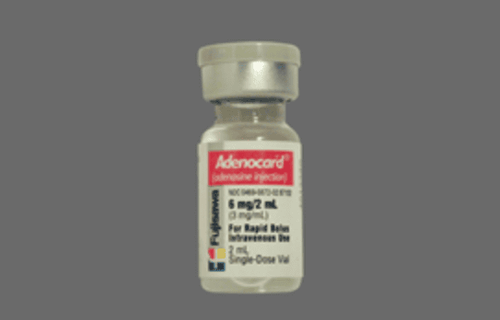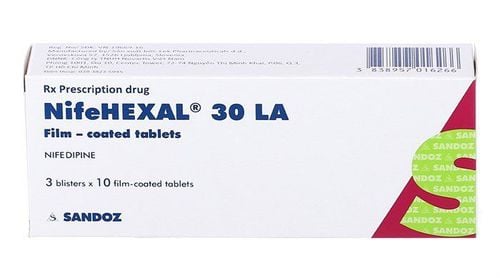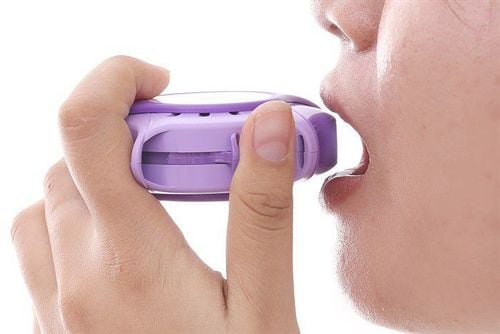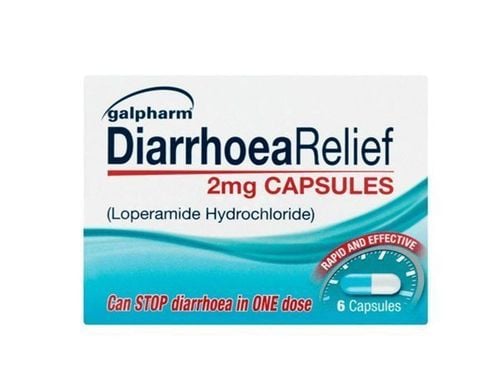This is an automatically translated article.
The article was professionally consulted with Master, Doctor Dang Huy Toan - Pediatrician - Neonatologist - Department of Pediatrics - Neonatology - Vinmec Nha Trang International General Hospital.Asthma patients can face a worsening asthma attack at any time, whether or not their asthma is well controlled. So when asthma gets worse, what should the patient do?
1. Risk factors for asthma exacerbations
For patients with asthma, an acute exacerbation of asthma can occur at any time, regardless of whether the asthma is well controlled or not. The following factors increase the risk of an exacerbation:Asthma medication: The use of inhaled corticosteroid asthma medication but the patient is not prescribed or has poor compliance with the medication, inhales incorrectly or Overdosage of short-acting bronchodilators. Exposure: Frequent living in polluted air, smoke, exposure to pollen, allergic factors that cause asthma. Other acquired diseases: In addition to asthma, the patient also suffers from other diseases such as gastroesophageal reflux disease, allergic rhinitis, food allergies, overweight - obesity, or frequent stress. , anxiety, pregnant women. Blood tests, lung function tests: Blood test results show that FENO is increased, eosinophils are increased, lung function FEV1 is lower than 60% predicted and changes a lot.
2. How to recognize an asthma attack?
2.1 Recognizing acute asthma An asthma attack has the following signs:Difficulty breathing, wheezing, coughing a lot, feeling of heaviness in the chest. Asthma attacks come on more often and faster. Poor response to medication. The patient must increase the dose of the drug to relieve the asthma attack. The peak asthma flow rate decreased gradually, but the difference between morning and afternoon asthma attacks increased.

Người bệnh phải tăng liều thuốc để cắt cơn hen khi cơn hen trở nặng
Breathing becomes more difficult and occurs continuously, making the patient unable to lie down and have to sit to breathe. Cough a lot and continuously, so I can't speak, I have to say every word. When you inhale and exhale, you can hear the hissing sound of the lungs. Nerves are stimulated, cyanosis, profuse sweating. Rapid breathing, rapid breathing, rapid heartbeat. The ribcage changes due to the muscles in the chest area being pulled. Indicators such as SpO2 below 90%, blood pressure abnormally increased. 2.3 Recognizing critical asthma Asthma becomes critical when:
The patient breathes slowly (less than 10 times/minute) or stops breathing. The lungs did not hear hissing, the chest was motionless. Low blood pressure, slow heart beat. Consciousness disorder, inability to speak.
3. What to do when asthma gets worse?
3.1 Prevention of asthma exacerbations Asthma patients are instructed in a specific plan so that when an asthma attack occurs, it can be managed promptly and appropriately. The action plan for asthma is divided into 3 levels from good control to severe and critical with 3 colors green, yellow and red, respectively, as follows:Good control of asthma - Blue: In this case, the patient can still live a normal life, without wheezing and does not need medication to relieve asthma. The action plan is that the person will still need to take the medication to keep the asthma under control over the long term, and the doctor may prescribe a dose reduction. Asthma worsens - Yellow: The patient feels short of breath, wheezing, coughing, chest pain, can't live or do some work as usual. Asthma causes insomnia when it comes to nighttime attacks, so patients need to take reliever medication at doses 3 times a week or more. When the patient self-measures peak flow, this index is 1⁄2 - 3⁄4 compared to when peak flow reaches the best value. Accordingly, patients need to continue taking their reliever medication and keep their asthma under control for a long time. When symptoms improve 1 hour after using the drug, it is necessary to re-check and continue using the drug. Critical asthma - Red: The patient has difficulty breathing, increases the dose of reliever medication (4 hours/time) and does not respond to the drug. It is very difficult for the patient to live and work as usual. Previously, the patient had been in a state of worsening asthma (with a yellow appearance) for about 24 hours but the symptoms did not improve. When peak flow is measured, this is only 1⁄2 of the best value obtained. At this point, all you need to do is contact your doctor or medical facility.

Cơn hen được chia làm các cấp độ dự phòng khác nhau
Medications to relieve symptoms: Increase the dose of inhaled corticosteroids or low-dose short-acting bronchodilators. Control therapy: Increase dose when controlling asthma for 1-2 weeks, increase dose of inhaled corticosteroid alone by 4-fold. Maintain inhaled corticosteroids and formoterol in quadruple doses, but care should be taken that formoterol does not exceed 72 mcg/day. Maintain inhaled corticosteroids and long-term beta-agonist bronchodilators at increased doses, or add inhaled corticosteroids so that the dose is quadruple. The dose of reliever may be increased if necessary but should not be exceeded. 72 mcg/day). Oral corticosteroids for asthma: Prednisolone at a dose of 40-50 mg/day, used for 5-7 days for adults. Prednisolone with a dose of 1 - 2 mg/kg/day, used for about 3 - 5 days in children.
4. Things to do to limit asthma during an exacerbation
Asthma patients need to be proactive and aware of the following things to do to limit their asthma exacerbations by:Awareness and understanding of asthma pathology and treatment modalities. Limit exposure and exposure to factors that can cause asthma attacks to appear and recur. Recognize the risk factors listed above and the signs of an asthma attack. Comply with your doctor's treatment instructions and schedule of follow-up visits. Use medications as directed to control, prevent asthma attacks, relieve relief. Use inhaler exactly as directed. If there are other diseases, it should be treated as soon as possible. Know your asthma action plan to prevent asthma from getting worse. Regularly monitor symptoms, measure peak flow for good asthma control. Having an asthma management plan in place can help an asthma patient come up with a proper and appropriate response when an asthma attack gets worse.
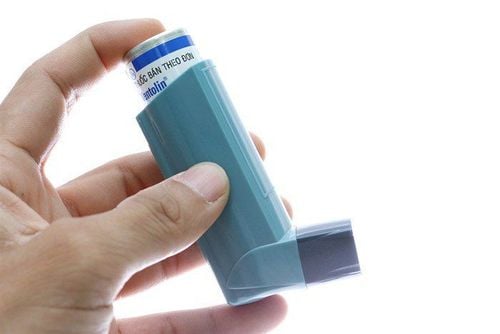
Người bệnh nên dùng thuốc dạng hít đúng kỹ thuật được hướng dẫn
Health checks are always performed by a team of highly qualified doctors, combined with modern equipment such as ultrasound room, DR X-ray room, full-axis scanner, aerosol types- The spray is specially designed to help the examination and treatment bring accurate results, helping patients limit the effects on health.
Please dial HOTLINE for more information or register for an appointment HERE. Download MyVinmec app to make appointments faster and to manage your bookings easily.




